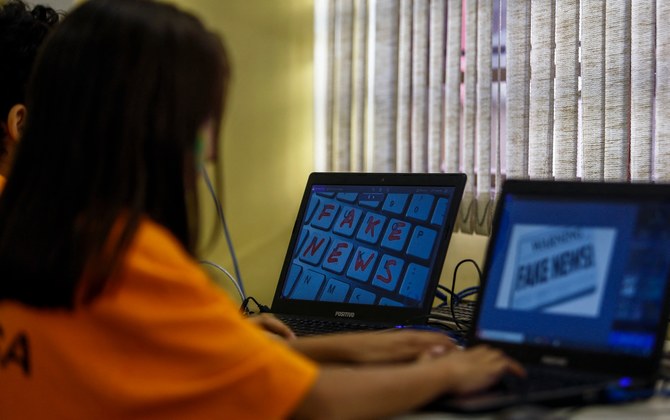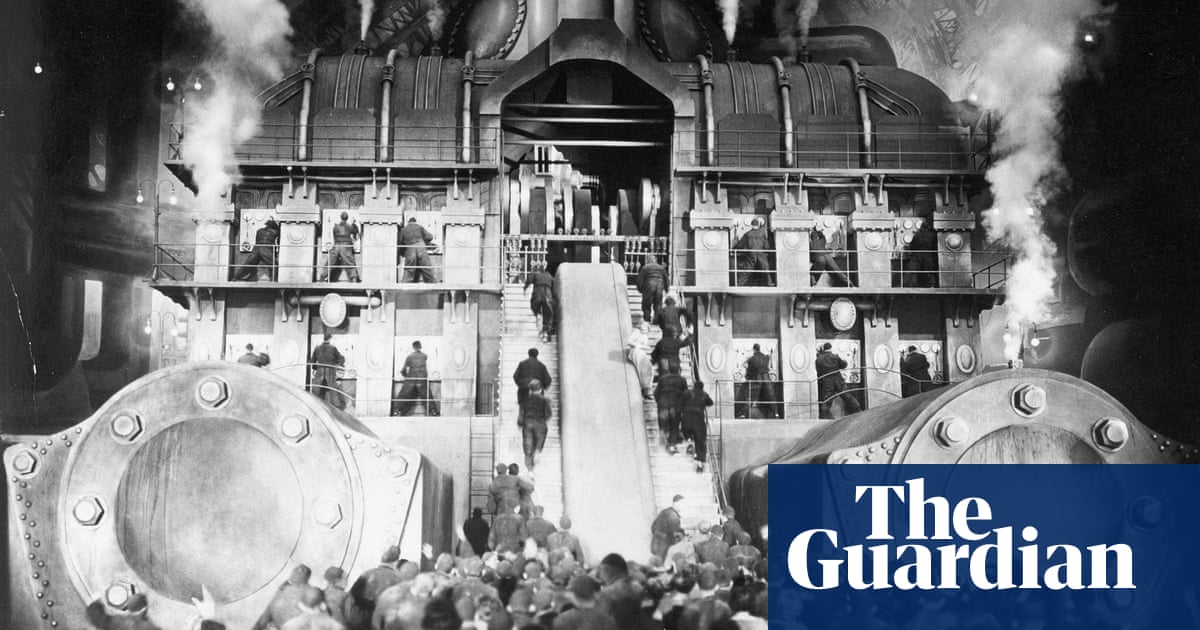
The obviously false rumor that a mosque is to be built on the first floor of the Eiffel Tower has been circulating in various forms since 2011. It is wrong to assume that only the simple-minded can be taken in by fake news, as this was sent to me by a very sophisticated friend with a doctorate who had believed the story.
The story shared with me on WhatsApp expressed outrage: A mosque will face the Muslim holy city of Makkah from the heart of Paris and its main landmark. How could Anne Hidalgo, the socialist mayor of the city, allow this? On top of that, 50 percent of the cost would come from public funds and the rest from a rich Arab Gulf state. It goes on to ask rhetorically: “Have the French people been consulted? Is there a chapel, a temple or a synagogue on the Eiffel Tower? No! So why a Mosque? Poor France and poor French left.”
The story is not true of course; there have never been any plans to build a mosque on the first floor of the Eiffel tower. It is part of a malicious disinformation campaign adding fuel to a situation that is already in flames. The latest context is this summer’s French protests, in which the participation of young people of North African descent was widely highlighted. It also comes at a time when the far right in Europe is raising the alarm about immigrants and refugees from Syria and Afghanistan.
At an art gallery in the little harbor town of Rockport, Massachusetts, while admiring a very colorful painting of the city of Prague, I met its painter, Larry Martin. I said to him that my memory of Prague was of darker colors, more like gothic black and grey. He laughed and said that this was disinformation. His real name was Ladislav Bittman and he told me his story over a long drink.
The enemy is fed so much contradictory information that, in the end, it is unable to distinguish between truth and falsehood
Nadim Shehadi
He had been the deputy commander of the department of disinformation in Czechoslovakia in the 1960s, at the service of the communist party. After the Prague Spring and the Soviet invasion of the country in 1968, he came to realize that he had been on the wrong side and so he defected to the US.
He explained to me the principles of spreading disinformation, which is different from promoting conspiracy theories. The idea is to bombard the West with semi-plausible pinprick lies. The objective is not necessarily to make people believe the stories, but to confuse them. The enemy is fed so much contradictory information that, in the end, it is unable to distinguish between truth and falsehood. His team had produced hundreds of such little stories, designed to mislead.
From time to time, they would produce a big, well-prepared lie that was high-impact. One such lie was when he took part in a TV documentary to explore the secrets of two lakes near the German border. It played on people’s appetite to believe in the magic associated with the lakes in popular culture, as well as on the fact that the Austrians had been looking for hidden Nazi-era treasures in one of their lakes. The Black Lake and Devil’s Lake were said to possess mysterious properties, such as that the bodies of people who drowned in them were preserved and never decomposed. They named it Operation Neptune.
Divers came up with four trunks that were full of fake Nazi-era documents. The revelations implicated members of the West German government in Nazi war crimes and this caused a crisis in the country. The hoax was so perfect that the documentary won international awards.
Bittman went on to teach at Boston University, where he created a center for the study of disinformation that included an archive of films and other propaganda material. The center was shut down for lack of funding after the fall of the Berlin Wall. The Americans thought that the Cold War was over and were unaware that the Russians had inherited the skills of their Soviet predecessors, which they would use in places like Syria and to manipulate Western elections.
Part of what is interesting about this story is that disinformation was efficient long before social media or the internet appeared, when more people read newspapers and wrote postcards and letters.
The Americans renewed their awareness of disinformation and fake news only after the presidential election of 2016
Nadim Shehadi
The Americans only renewed their awareness of disinformation and fake news after the presidential election of 2016. The principles remain the same, but far more sophisticated technology is now used, particularly social media services like Facebook and Twitter.
Just last month, there were rumors that Yevgeny Prigozhin, the Russian oligarch and commander of the Wagner Group who died in a plane crash, might turn up at his own funeral. This joke was in fact a reference to Prigozhin’s involvement in fake news, along with his paramilitary interventions. He is said to have built an extensive bot farm operation that creates thousands of fake social media accounts, with operations all over Africa in tandem with Wagner’s mercenary actions.
Richard Stengel, in his book “Information Wars,” describes how inept the US has been at waging such wars. In the State Department where he was chief of public diplomacy, it sometimes took a week for a tweet to be published. Every bit of information produced had to go through a rigorous vetting and validation process by the crippling bureaucracy, while at the same time a cyber-army in Russia would produce thousands of tweets containing disinformation.
We have also seen how the Syrian regime, with its Soviet-trained security establishment, has been able to use disinformation to cast doubt on its use of chemical weapons against its own people. Some prominent academics, intellectuals and politicians in the West bought the story. Perhaps it is easier to fool them than the genuine salt-of-the-earth peasants who are still revolting against the regime.
American political scientist Lisa Wedeen has shown that, if a fake story is remotely plausible, then the effect is as if it had actually happened. The news about the mosque at the Eiffel Tower is fake, but it is as if it had happened because the outrage it triggers is real.
Nadim Shehadi is a Lebanese economist. Twitter: @Confusezeus












